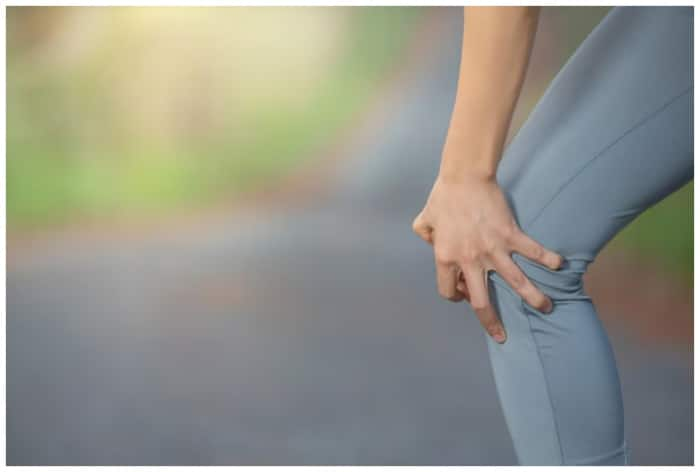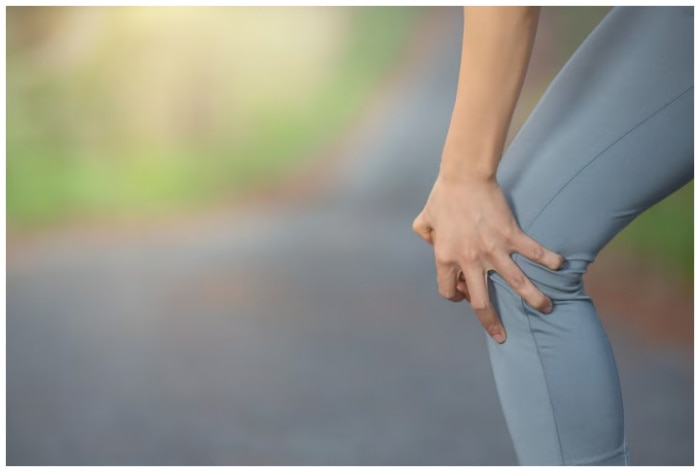From what footwear we chose to our posture, everything impacts our skeletal system. Here are few lifestyle habits to imbibe and strengthen our bones.

Orthopaedic well-being is paramount for overall health and a fulfilling life. Joint pain, weak bones, and orthopaedic issues can impact individuals’ daily lives, from hindering mobility to causing discomfort. However, there are proactive steps individuals can take to safeguard their orthopaedic health and reduce the likelihood of injury. Speaking with India.com, Dr Manan Vora Orthopaedic Surgeon, Sports Medicine Expert explained how everyday lifestyle choices may impact our health and enlisted a few ways to strengthen bones naturally.
Bone Health: 6 Tips to Reduce Risk of Injury
- Healthy Weight Management: Maintaining a healthy weight is pivotal in safeguarding joints and reducing the risk of orthopaedic ailments. Extra weight places undue stress on joints, especially in weight-bearing areas like the knees and hips. For those grappling with conditions like osteoarthritis, shedding excess pounds can significantly alleviate symptoms and enhance mobility. Embrace a balanced diet comprising fruits, vegetables, lean proteins, and whole grains, coupled with regular exercise—strive for at least 150 minutes of moderate-intensity activity weekly.
- Regular Physical Activity: Engaging in routine physical activity is fundamental for orthopaedic health. Exercise fortifies the muscles surrounding joints, enhancing stability and mitigating injury risk. Low-impact pursuits such as swimming, cycling, and walking are particularly advantageous for individuals with orthopaedic concerns, as they minimize joint strain. Gradually intensify workouts to prevent overexertion and prioritise activities fostering joint flexibility and strength, such as yoga and weightlifting.
- Cultivate Good Posture Habits: Maintaining a proper posture is pivotal in averting orthopaedic issues, particularly those affecting the spine. Poor posture can precipitate back pain, neck strain, and other musculoskeletal complications. Throughout the day, be mindful of posture—whether seated, standing, or walking. Keep shoulders relaxed, spine aligned, and feet flat on the floor. Steer clear of slouching or hunching forward, and take periodic breaks to stretch and readjust.
- Prioritise Rest and Recovery: Rest and recovery are integral components of orthopaedic well-being. Ample rest facilitates tissue repair and regeneration, curbing the risk of overuse injuries and fostering overall recuperation. Aim for 7-9 hours of quality sleep nightly, adhering to a consistent sleep schedule to bolster healthy sleep patterns. Create a conducive sleep environment free of distractions and incorporate relaxation techniques like deep breathing to facilitate restful sleep.
- Invest in Supportive Footwear: Footwear plays a pivotal role in orthopaedic health. Ill-fitting or unsupportive shoes can exacerbate foot pain and contribute to conditions like plantar fasciitis. opt for shoes with adequate cushioning, arch support, and a supportive sole to alleviate strain on feet and lower limbs. Consider custom orthotics for additional support, particularly if dealing with flat feet or high arches. Rotate shoes regularly to prevent uneven wear and tear, replacing them as needed to maintain support.
- Practice Injury Prevention: Preventing injuries is paramount in maintaining orthopaedic well-being. Whether partaking in sports, exercise, or daily activities, prioritize injury avoidance. Warm up before physical activity to prepare muscles and joints, and cool down afterwards to facilitate recovery and flexibility. Adhere to proper technique and form during exercise, and don appropriate protective gear to mitigate injury risk.
By incorporating these tips into your lifestyle, you can safeguard your joints, mitigate injury risk, and foster overall orthopaedic health. With proactive care and lifestyle adjustments, you can nurture a resilient and robust body for years to come.

